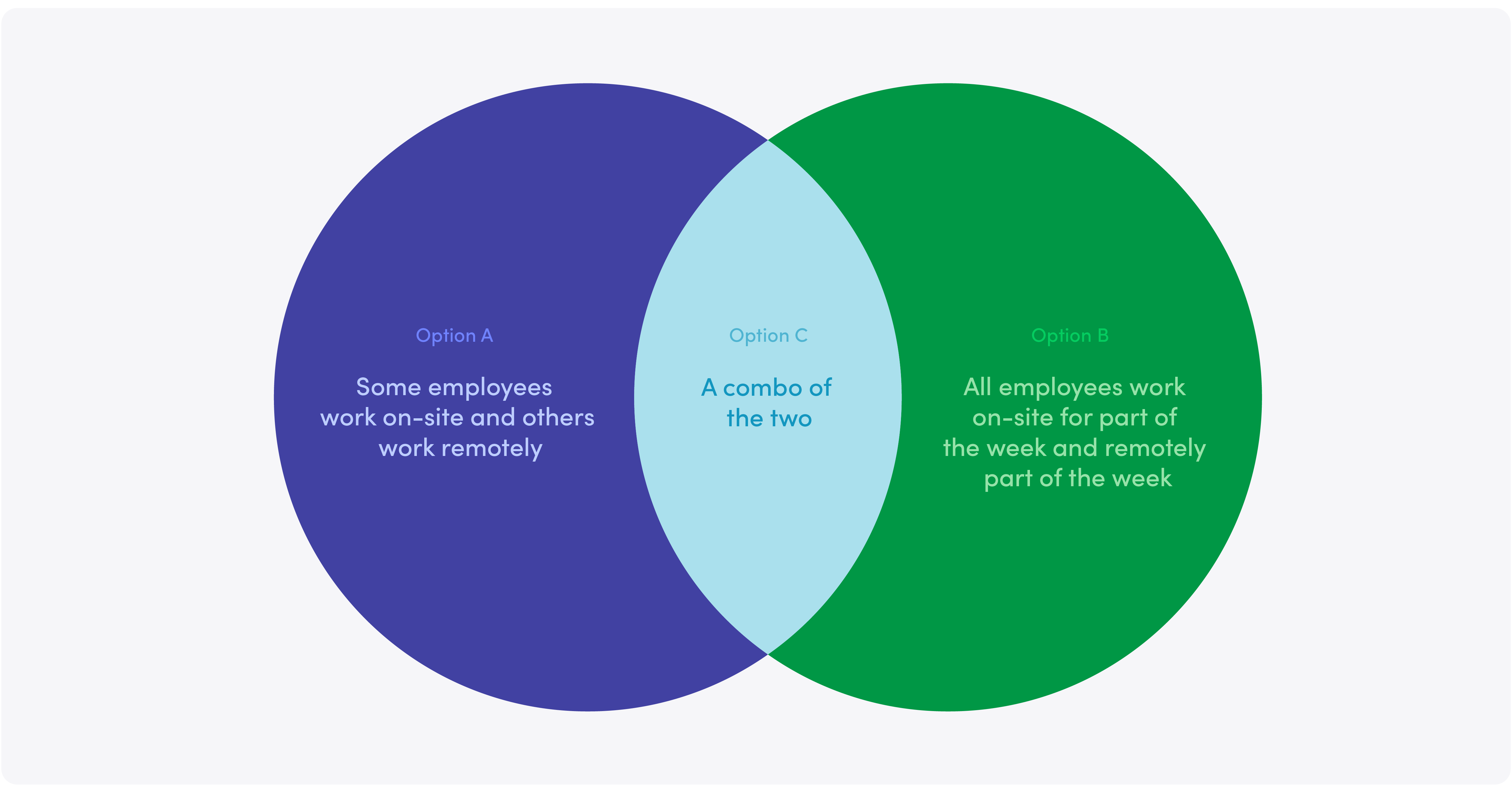As technology continues to evolve, the way businesses manage their IT needs is changing. More companies are moving away from relying solely on either an internal team or external providers. Instead, many are adopting a hybrid IT model — one that combines the strengths of both in-house and outsourced resources to achieve maximum efficiency.
This blended approach offers flexibility, access to a wider range of skills and the ability to scale operations with ease. When done right, it can lead to significant cost savings and improved service delivery.
What Is a Hybrid IT Model?
A hybrid IT model refers to a setup where a business uses a mix of internal IT staff and external IT providers. The internal team typically handles day-to-day operations, business-specific tasks and communication within departments. Meanwhile, the outsourced team supports specialised functions, handles large projects or fills skill gaps that the in-house team may not cover.
This model allows businesses to customise their IT structure to suit their goals, size and industry needs. It’s not a one-size-fits-all approach but rather a flexible system that evolves with your business. A key part of making this model work is having a strong IT recruitment strategy in place, whether hiring internally or selecting an outsourcing partner.
Why Businesses Are Choosing the Hybrid Approach
Many organisations find that neither in-house nor outsourced IT alone can meet all of their requirements. In-house teams can be deeply familiar with internal processes and culture but may lack specialised knowledge in areas like cybersecurity or cloud migration. On the other hand, outsourcing offers access to highly skilled professionals and new technologies, but may not always provide the immediacy or tailored approach that internal teams offer.
A hybrid setup helps bridge this gap. It brings the best of both worlds, offering scalability, cost efficiency and broader expertise.
The Role of IT Recruitment in a Hybrid Setup
Successful hybrid IT models begin with smart recruitment decisions. For the in-house side, strong IT recruitment ensures you’re hiring individuals who understand your business and can handle its daily demands. These might include system administration, support, internal training and IT compliance.
On the outsourced side, it’s equally important to work with providers who invest in proper IT recruitment themselves. You want to know that the external professionals you’re relying on are highly trained, certified and experienced. They should be ready to step in and work alongside your internal team with minimal disruption.
When both internal and external teams are built on strong recruitment foundations, the chances of collaboration and success increase significantly.
Benefits of the Hybrid IT Model
1. Access to a Wider Skill Set
No single IT professional can do everything. A hybrid model allows your business to tap into niche skills and expertise that may not be practical to hire for full-time. Whether it’s data security, cloud architecture or app development, an outsourced team can complement your internal staff and boost overall capability.
2. Cost Efficiency
Hiring a full in-house team to cover every possible IT need can be expensive. By combining in-house and outsourced resources, you only pay for specialist services when needed. This keeps your fixed costs lower while still ensuring you have access to top-tier support.
3. Faster Problem Resolution
With a hybrid setup, issues can be resolved faster. Your internal team handles immediate concerns and coordinates with external partners for complex challenges. This layered support structure reduces downtime and improves business continuity.
4. Improved Flexibility and Scalability
Your IT needs will change as your business grows. A hybrid model makes it easier to adapt to those changes. You can scale outsourced services up or down depending on demand while keeping your core internal structure stable.
5. Better Risk Management
Outsourced providers bring experience from working with multiple clients and industries. This broad perspective helps them identify risks and offer best-practice solutions your internal team may not have encountered. By combining forces, you get better overall risk management.
Key Considerations for Implementing a Hybrid Model
Define Roles Clearly
One of the biggest challenges in hybrid IT environments is role confusion. Make sure it’s clear who is responsible for what. This includes not only task allocation but also decision-making authority and communication processes.
Prioritise Collaboration
Internal and external teams must work well together. Foster a collaborative culture by using shared tools, having regular meetings and setting joint goals. Your IT systems should be aligned, and both teams should feel like they are part of the same mission.
Choose the Right Partners
When outsourcing, choose a provider that understands your business and is willing to work closely with your internal team. Review their IT recruitment practices, certifications and previous client feedback. A good partner will be transparent, proactive and responsive.
Ensure Data Security
With multiple parties handling your data, security becomes even more important. Make sure everyone follows the same protocols and complies with legal and regulatory standards. Use encrypted communication channels, strong access control and regular audits to maintain security.
Monitor and Evaluate Performance
Regularly track how well your hybrid model is working. Measure metrics like system uptime, incident response times and user satisfaction. Use this data to make improvements and ensure you’re getting value from both your internal and external resources.
The Bottom Line
The hybrid IT model is becoming the go-to solution for businesses seeking balance, scalability and innovation in their IT operations. By combining in-house knowledge with outsourced expertise, businesses can achieve more without stretching internal resources too thin.
The foundation of a successful hybrid approach lies in strong IT recruitment. Whether you’re hiring internally or choosing an external partner, the people behind the technology matter. With the right mix of skills, tools and collaboration, your hybrid IT team can help your business grow stronger, faster and smarter.


